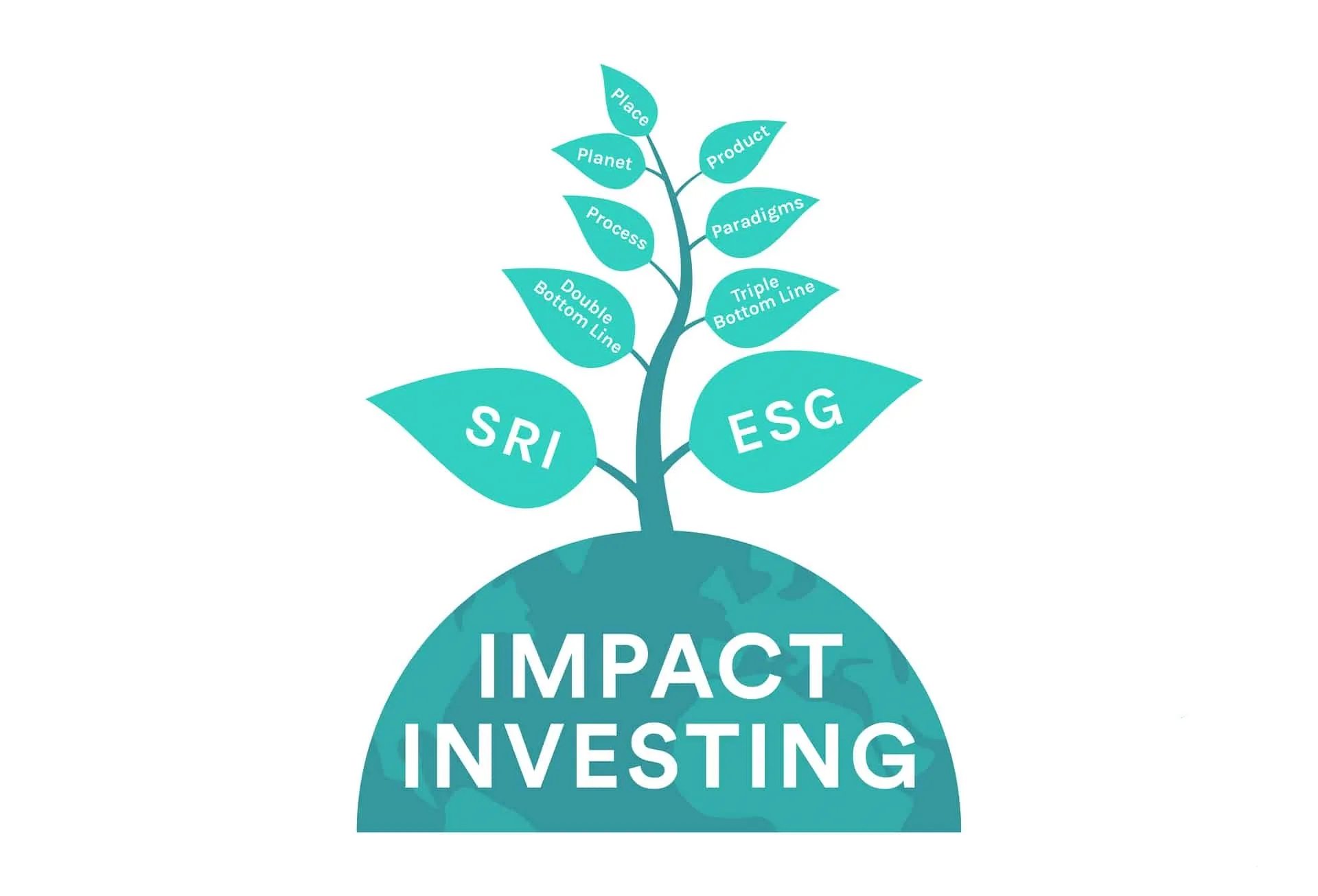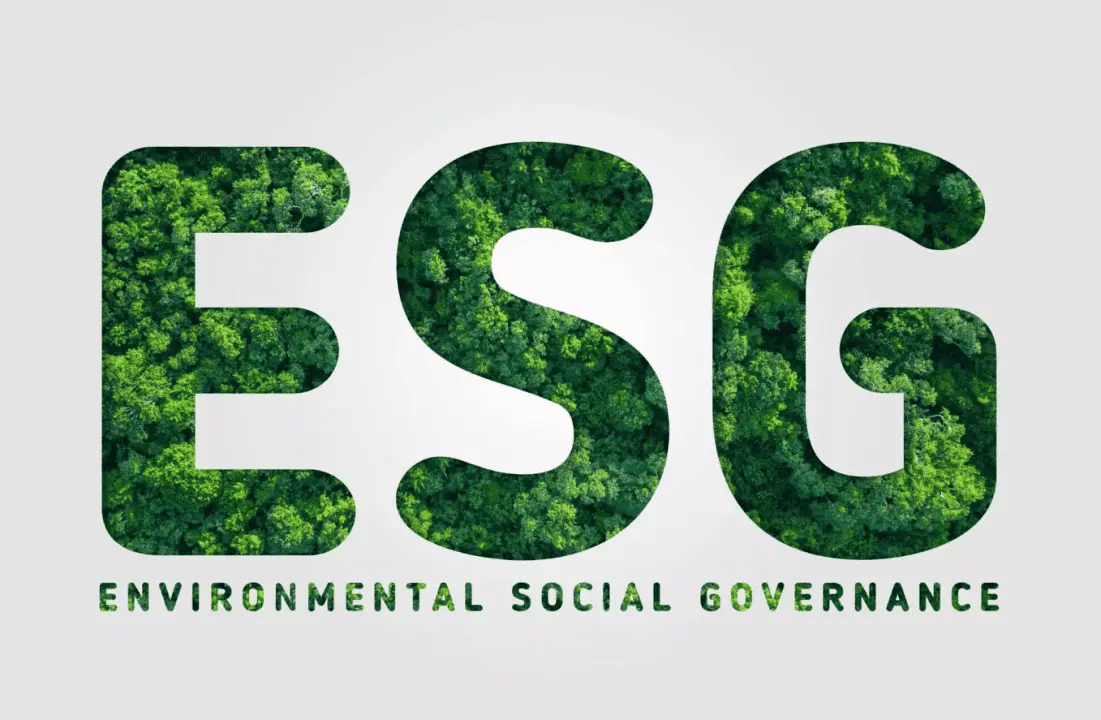Measuring the Impact of Sustainable Investments isn’t just a trend; it’s a must for smart investors who care about the planet and profits. You want to know your green choices pay off, right? Let’s dig into how your eco-friendly bets can bring in cash and make a difference. You’ll learn how to track their success and make choices that count. Stick with me to make sure your investments help the earth and your wallet.
Understanding Sustainable Investment Performance Metrics
The Significance of ESG Impact Assessment
When we put our money into sustainable investments, we hope they’ll do good and make us money. Why does this matter? Simple. Companies that care for the environment, treat people right, and run things well may do better in the long run. This is where ESG impact assessment comes in. It’s like a report card showing how companies score on caring for the planet, their people, and running a tight ship.
Take Patagonia, a big name in outdoor gear. They care about the planet and its people. They use recycled materials and treat workers well. They score high on ESG. That draws in investors who care about these things. If a company scores poorly – think pollution or bad working conditions – investors might think twice.
We’ve got these things called sustainable investment performance metrics. They help investors see the good and the bad in their investments. It’s not just about making cash. It’s about making a difference. Investors want to know if their cash is truly making the world better. That’s why they look at ESG scores when they pick companies to invest in.
Incorporating Triple Bottom Line Evaluation in Analysis
Now, let’s talk about something we call the triple bottom line. Imagine three baskets: one for planet, one for people, and one for profits. Companies should fill all three baskets, not just the one with money. So, we check how green a company is, how fair it is to folks, and if it’s still making money.
This triple check helps us see the whole picture. It stops us from only thinking about cash. Let’s say we’re looking at a company that makes windmills. We ask: Are they cutting down pollution? Are they a good place to work? And yes, are they making money? Because let’s face it, a company that’s losing money won’t last long, no matter how green it is.
Numbers help us tell this story. How much CO2 did the company save? How happy are its employees? What’s their revenue? We take all this info, crunch the numbers, and then we know. We know if investing in that company makes sense for our wallets and the world.
To sum it up, when we measure sustainable investments, we’re making sure they’re truly helping the planet, and the people who live here, while still bringing in those profits. It’s a win-win-win. Investors feel good because their money’s doing good. And that, my friends, brings a brighter future for all of us.
Rigorous ESG Performance Analysis for SRI
Setting Benchmarks for Green Investment Outcomes
What’s the way to know if green investments do good? We look at how much change they make. Simply put, we check if these investments help the planet and people while making money. To do this, we start by setting goals. We call these green investment outcomes. Picture it as making a list of what we want to see happen. Like cleaner air, less waste, and happy communities. Then, we measure if our money is helping make these things real.
We use tools and numbers to track progress. It’s like a scorecard for Mother Earth. Each green project gets points for what it does well. For example, if a company uses solar power, it gets points for cutting down on dirty energy. These scores show investors how well their money works for the world.
We also ask, “Do these investments stick to the rules?” The UN Principles for Responsible Investment (PRI) guide us. They tell companies and investors how to care for the earth when they make money decisions. We check if these rules are followed, to make sure investments stay green and fair.
Strategies for Effective Environmental Investment Tracking
How can we track the good that comes from green dollars? We use maps and tools made just for this. Like a fitness tracker, but for the planet. Some tools are lists, reports, or even apps. They show us numbers and facts about our investments.
The main goal is to see how much each dollar helps. This part is called environmental investment tracking. It tells us if we are on track with our green goals, like clean air or more trees. We gather data, like how much energy a company saves. Or how much water they keep clean. This info helps us to know if we’re truly making a change.
To keep things clear, we stick to known reporting rules. These are called ESG reporting standards. They’re like a recipe book for telling how good a company is for the earth. By using these, everyone can agree on what the numbers mean.
And how about the money side? We measure what’s called sustainable investment ROI. ROI stands for how much money we get back from what we put in. But we don’t just want cash back. We want to know we made things better, too.
In the end, we use a mix of tools, rules, and numbers to watch our green dollars at work. We keep track of how we help the planet and people, while also making a profit. It’s a win for everyone. It’s the future of smart money.
Assessing Financial Returns in Sustainable Investing
Calculating Social Return on Investment (SROI)
When people put money into projects that aim to help society or the environment, they often want to know, “What change did my money make?” To measure this, we use what’s called Social Return on Investment, or SROI. SROI tells us how much social or environmental benefit we get for every dollar invested.
Let’s say you invest money in a company that plants trees. After some time, you might find out that for every dollar you gave, that company could plant three trees. These trees then provide benefits such as clean air, homes for birds, and beauty for the community. SROI takes these benefits and puts them into numbers we can understand, showing us that our investment did a lot of good.
Evaluating Green Bonds Effectiveness and Renewable Energy Fund Impacts
Moving to green bonds, these are pretty special. They’re like a promise from a company or government to use the money they borrow from investors for eco-friendly projects. But how do we know if they’re really helping the planet? We look at things like how much pollution they prevent or how much energy they save. This is how we evaluate a green bond’s effectiveness.
Now, think about funds that put money into things like wind or solar power. These renewable energy funds can really make a difference. We check their impact by seeing how much clean energy they produce and how that energy reduces harmful emissions. We want to make sure these investments are truly making energy cleaner and the Earth a friendlier place for us all to live.
By using these methods, we can be sure that our investments are doing good for the world and bringing in profits too. It’s like a win-win for both our wallets and the planet. And that’s the kind of investing that can make everyone smile.
Aligning Sustainable Investments with Global Goals
Mapping Investment Strategies to Sustainable Development Goals (SDGs)
We can make money and care for our planet. How? By putting our funds in businesses that look out for the earth. This is sustainable investing. It means your investment helps our world, people, and makes a profit.
How do we pick these smart investments? We use goals set by world leaders. These are the SDGs. They guide us to invest in companies that work on good health, clear water, and clean energy.
When you put money into these businesses, you help make these goals real. They grow, our planet gets better, and you get profits back. This is a win for everyone. So, investing with the SDGs in mind is key. It’s about choosing companies doing right by our world and checking they stay on track.
Integrating Climate-related Financial Disclosures in Investment Processes
Now, let’s talk climate. We all hear how it’s changing fast, right? Well, we need to think about that when we invest. There are reports telling us if a company thinks about climate change when they make decisions. This is important. Why? Because if they don’t, they might have problems in the future. And so might your money.
These reports are called climate-related financial disclosures. They help us see which companies are ready for what’s coming. They talk about risks from floods or droughts and how ready a company is for new green laws.
To make smart choices, we need to look at these reports. They keep us in the know. They show us which companies are good for our future. And they make sure our investments go into businesses that care about our planet as much as we do.
To sum it up, it’s about matching our money with our values. It’s about taking care of our world while it takes care of us. We invest with purpose, we track it, and we see it grow. This is how we make a real difference. And it’s how we keep our future, and our planet, bright.
In this post, we’ve tackled how to measure if sustainable investments truly make a difference. We looked at ESG impact and triple bottom line ways to see if companies really help the planet and people, not just profits.
Then, we dove into how to keep tabs on green investments, setting clear goals and tracking them well. Understanding the actual financial gains from investing in good causes is key, too. We covered how to figure out social and environmental returns and checked out green bonds and renewable funds.
Lastly, we talked about how your investment can support big world goals. We showed how to line up your choices with global aims and use climate data in making smart investment decisions.
Remember, smart sustainable investing isn’t just good for the world – it makes financial sense, too. With the right tools and understanding, we can back up wins for our wallets and the wider world. That’s a wrap on making your green for good count!
Q&A :
How can investors measure the impact of sustainable investments on their portfolio?
Measuring the impact of sustainable investments—also known as ESG (environmental, social, and governance) investments—can be done by analyzing the ESG performance ratings and reports provided by specialized agencies. Investors can also look at the long-term financial returns in relation to their sustainability goals, monitor the alignment of their investments with international sustainability frameworks, and evaluate the positive societal and environmental outcome through impact reports.
What metrics are commonly used to assess the sustainability of an investment?
To assess an investment’s sustainability, key metrics used include carbon footprint, water usage, waste management, employee conditions, board diversity, anti-corruption policies, and adherence to sustainable practices within the supply chain. Investors might also employ more nuanced metrics such as the UN’s Sustainable Development Goals (SDGs), the Global Reporting Initiative (GRI) standards, or use proprietary scoring systems offered by ESG rating agencies.
Are sustainable investments financially beneficial in the long term?
Sustainable investments have been shown to potentially offer financial benefits in the long term. Evidence suggests that companies with higher ESG ratings can have lower risk profiles, better resilience in market downturns, and possibly higher returns due to their forward-looking approaches. This, however, is subject to the individual performance of companies and the overall economic context.
What are the challenges in measuring the true impact of sustainable investments?
A significant challenge in measuring the true impact of sustainable investments is the lack of standardized criteria and inconsistency in reporting practices across industries and regions. Moreover, the long-term nature of sustainability outcomes can make it difficult to quantify immediate impacts. There is also a risk of ‘greenwashing,’ where companies might overstate their sustainability initiatives, complicating accurate assessments.
How do regulatory frameworks influence the measurement of sustainable investments?
Regulatory frameworks greatly influence the measurement of sustainable investments by setting disclosure standards and requiring consistent reporting on sustainability metrics. These regulations ensure transparency, provide investors with comparable data, and push companies to adopt more sustainable practices. They also help in mitigating issues like greenwashing by enforcing accountability and verification processes.






